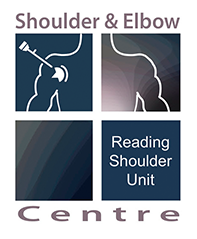The “Purse-String” Technique: An Arthroscopic Technique for Stabilization of Anteroinferior Instability of the Shoulder With Early and Medium-Term Results
The "Purse-String" Technique: An Arthroscopic Technique for Stabilization of Anteroinferior Instability of the Shoulder With Early and Medium-Term Results.
Purpose: We report the early and midterm results of the “purse-string” technique, a simple, new arthroscopic technique for stabilization of anteroinferior instability of the glenohumeral joint that addresses both the Bankart lesion and capsular stretching.
Methods: The patients comprised 36 individuals (37 shoulders), with a mean age of 26 years, who had recurrent anteroinferior posttraumatic instability as a result of a traumatic Bankart lesion. They had sustained a mean of 5 dislocations per shoulder (range, 1 to 11). The cohort included 5 professional and 6 semiprofessional athletes, all of whom were involved in collision or overhead sports. A purse-string suture anchor at the 4-o’clock position was used to ensure a purse-string effect in tightening the capsule in the inferior-superior plane and creation of anterior glenoid bumper. All of the patients were assessed by an independent investigator (T.M.) at a mean of 36 months (range, 27 to 87 months) after surgery.
Results: Postoperatively, the mean Rowe score was 93 (range, 55 to 100), the mean Walch-Duplay score was 93 (range, 70 to 100), and the mean Constant score was 97 (range, 77 to 100). Of the patients, 97% returned to the same sport that they had played before injury. Furthermore, 66% of patients returned to their preinjury level of sports, and all of the professional athletes resumed full activities. One patient continued to have symptoms of instability, and one patient had a further dislocation after a new traumatic event. Conclusions: The early and medium-term results obtained are very encouraging, with a rate of failure of only 5.4%, a high level of return to preinjury sporting activities (with 97% of patients returning to the same sport and 66% returning to their preinjury level of sports), and a high patient satisfaction rate(with excellent or good results in 94% of patients).
Level of Evidence: Level IV, therapeutic case series. Key Words: Shoulder—Instability—Arthroscopy—Purse-string technique.
